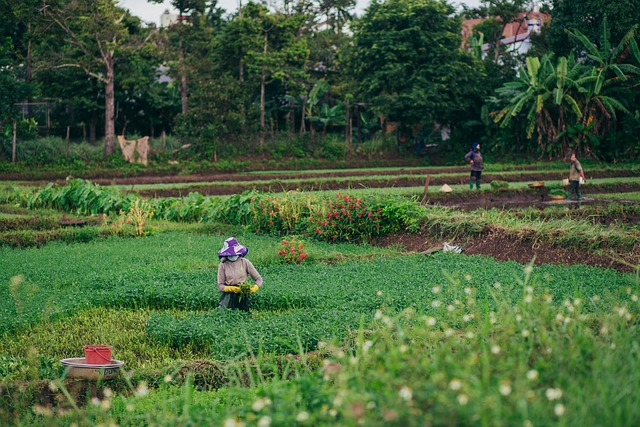Embracing the Green: Nurturing Rural Life Through Eco-Friendly Gardening in Nature’s Haven
Rural life has always had an intrinsic connection with the land, a bond that encourages us to cultivate not only our gardens but also our communities in harmony with nature. As we step into a world increasingly focused on sustainability, embracing eco-friendly gardening practices can become a transformative journey that revives not just our gardens but the very essence of rural living.
The Environment: A Canvas for Our Gardens
Our environment is better depicted as a living canvas, where every flower blooms and every tree stands tall to proclaim the wonders of nature. In rural areas, the landscape traditionally offers vast, open spaces teeming with life. By utilizing environmentally conscious gardening techniques, we encourage biodiversity, support local ecosystems, and enhance the beauty of our surroundings. Native plants, for example, require fewer resources and provide essential habitats for local wildlife. The more we can integrate these practices into our rural lives, the more vivid and vibrant our communities become.
Gardening: The Heartbeat of Rural Communities
At its core, gardening is more than just a hobby; it’s a rightful passion that binds communities together. From planting seeds to sharing harvests, every step in the gardening process can foster human connections. By adopting eco-friendly gardening methods such as composting, rainwater harvesting, and organic pest control, we can nurture not just our crops but also the relationships that enhance rural life. The act of gardening encourages dialogue, cooperation, and a shared commitment to preserving the green spaces around us.
Going Green: A Collective Responsibility
Living a rural life means taking pride in our surroundings and understanding our responsibility to keep them flourishing. Going green extends beyond our backyards; it is a collective effort that invites each community member to participate. Organizing community clean-up days, planting trees, or creating communal gardens are initiatives that not only beautify the landscape but also bring people together for a common cause. By sharing resources and knowledge, we can inspire each other and promote a lifestyle that respects our precious environment.
Eco-Friendly Practices: Simple Steps Make a Big Impact
Adopting eco-friendly gardening practices doesn’t have to be overwhelming; small, simple steps can lead to significant changes. Start by choosing organic seeds and plants free of harmful chemicals. Implement composting techniques to enrich the soil naturally, recycle water for irrigation, and use natural pest deterrents like marigolds or garlic sprays. These practices not only improve soil health but foster a connection to the earth, enhancing our appreciation for nature.
Nature as a Teacher
Incorporating eco-friendly gardening practices into our rural lives means allowing nature to teach us. Observe patterns in the environment – how rainfall nourishes the soil, or how certain plants thrive in specific conditions. Understanding these natural rhythms can inform our gardening choices and lead to a more fruitful harvest. By being attuned to nature’s lessons, we create gardens that not only sustain us but pay homage to the cycles of life that support all beings on this planet.
As we embrace the green, let us remember that nurturing eco-friendly gardens is more than a trend; it’s a celebration of rural life and a commitment to preserving the beauty of our environment for generations to come. Together, as champions of community and caretakers of the earth, we can cultivate a future that flourishes in harmony with nature.



